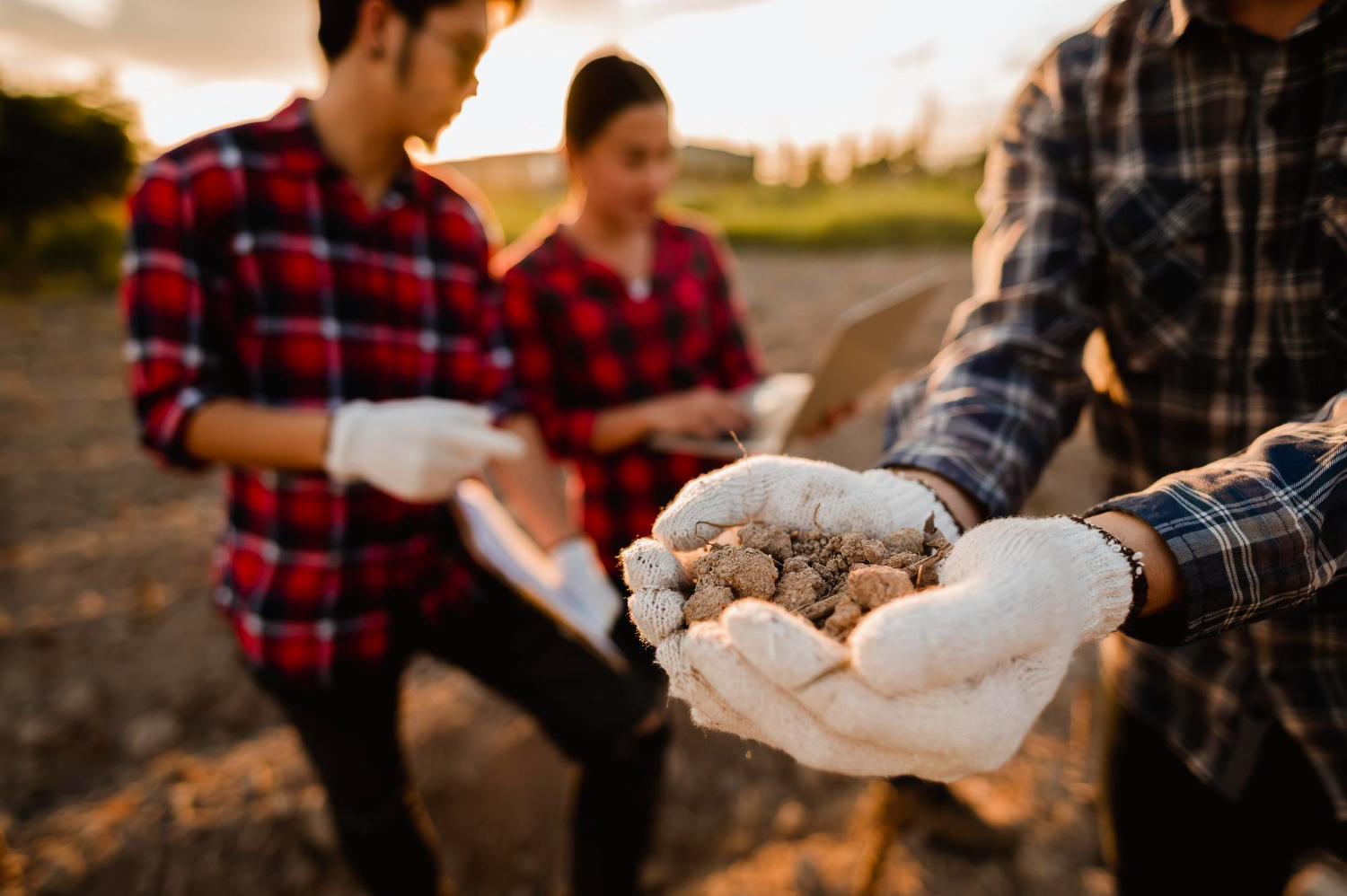Building a solid home begins with understanding the ground it stands on. For residential developers, mastering soil composition and preparation can make the difference between a lasting structure and one plagued by issues. A well-prepped foundation not only supports the building but also ensures its longevity and stability.
The composition and health of the soil are crucial when planning new developments. Different types of soil behave differently under pressure and with moisture. Knowing what kind of soil you’re dealing with helps in choosing the right construction methods and materials, paving the way for a more stable foundation.
Advanced soil stabilization techniques further enhance this stability, making homes safer and more durable. Regular maintenance and preventive measures also keep the soil healthy and the structures it supports strong.
So, we’llwalk you through understanding soil composition, essential preparation techniques, advanced stabilization methods, and tips for maintaining soil health to build better, more reliable homes.
Understanding Soil Composition for Residential Development
Different types of soil impact how you should build foundations. The main types of soil you’ll encounter are clay, silt, sand, and gravel. Each type has its own properties and behaves differently under stress and moisture.
- Clay: This soil type expands when wet and shrinks when dry. Clay can cause foundation issues due to this movement, making it unstable for building unless properly addressed.
- Silt: Silt is fine and smooth but can retain water, causing it to become easily compacted. This can affect the stability of the foundation if not managed correctly.
- Sand: Sand doesn’t hold water well but drains easily. It provides good support if it’s well-compacted.
- Gravel: Gravel is very stable and drains well, making it an excellent choice for building foundations.
Testing the soil before beginning construction helps you understand its composition. At Prochemical, we believe that a strong foundation starts with a comprehensive knowledge of the soil. That’s why we partner closely with geotechnical engineers to guarantee the best outcomes.
By working alongside these specialists, we can adjust our stabilization methods to match the unique soil conditions at each project site. This collaboration enables us to offer a personalized strategy that improves the overall stability and durability of your structures.
Knowing what kind of soil you’re dealing with ensures you can take the right steps in preparing the land and choosing the right stabilization methods.
Essential Soil Preparation Techniques
Preparing the soil properly is critical before starting construction. Here’s a list of essential techniques for getting your soil ready:
1. Clearing the Land: Remove all vegetation, rocks, and debris from the building site. This provides a clean slate for starting your foundation work.
2. Grading and Leveling: Grade the land so that water naturally drains away from the foundation. A properly graded site reduces the risk of water pooling around the foundation, which can weaken the soil and cause instability.
3. Compacting the Soil: Use a soil compactor to press the soil particles tightly together. Compacting increases soil density and stability, making it more resistant to settling and shifting.
4. Installing Drainage Systems: Install effective drainage systems, like French drains or swales, to direct water away from the building site. Good drainage is essential in preventing water-related soil problems.
5. Adding a Layer of Gravel: Lay down a layer of gravel to improve drainage and add an extra level of stability to the foundation.
These techniques ensure that the soil is in the best possible condition to support the new structure. Proper preparation reduces the risk of future foundation issues and helps maintain the integrity of your buildings.
Advanced Soil Stabilization Methods for Longevity
There are several advanced methods for soil stabilization that can increase the lifespan of your foundations. These techniques ensure that the soil remains stable and minimizes issues like settling and heaving.
1. Ionic Solutions: Using an ionic solution can be highly effective in stabilizing clay soils. When injected, the solution changes the polarity of the clay particles, preventing water from bonding to the clay. This stops soil swelling and shrinking, which can cause foundation problems.
2. Geotextiles: These are synthetic fabrics placed between soil layers to improve soil stability and reduce erosion. They are useful for reinforcing the soil and providing additional support to foundations.
3. Soil Nailing: This method involves driving steel bars into the soil to create a reinforced block. It’s particularly useful for stabilizing slopes and retaining walls, ensuring the soil remains intact.
4. Lime Stabilization: Adding lime to soil can reduce moisture content and improve soil strength. This method is beneficial for stabilizing clay-rich soils.
These advanced methods offer long-term reliability and help protect your structures from potential damage. They are cost-effective solutions that can significantly reduce the need for future repairs and maintenance.
Key Soil Considerations for Residential Development Success
Developers and builders must understand and manage the soil to create stable, long-lasting structures. By focusing on these key aspects, you can build better and more reliable homes. Secure foundations start with solid soil management practices, reducing headaches and costs down the line. A strong foundation is the cornerstone of any successful building project.
For expert help in soil stabilization, contact ProChemical Soil Stabilization. Our proprietary ionic solution offers a proven, economical approach to ensure your foundations are built on solid ground. Protect your investment by reaching out to us today.

